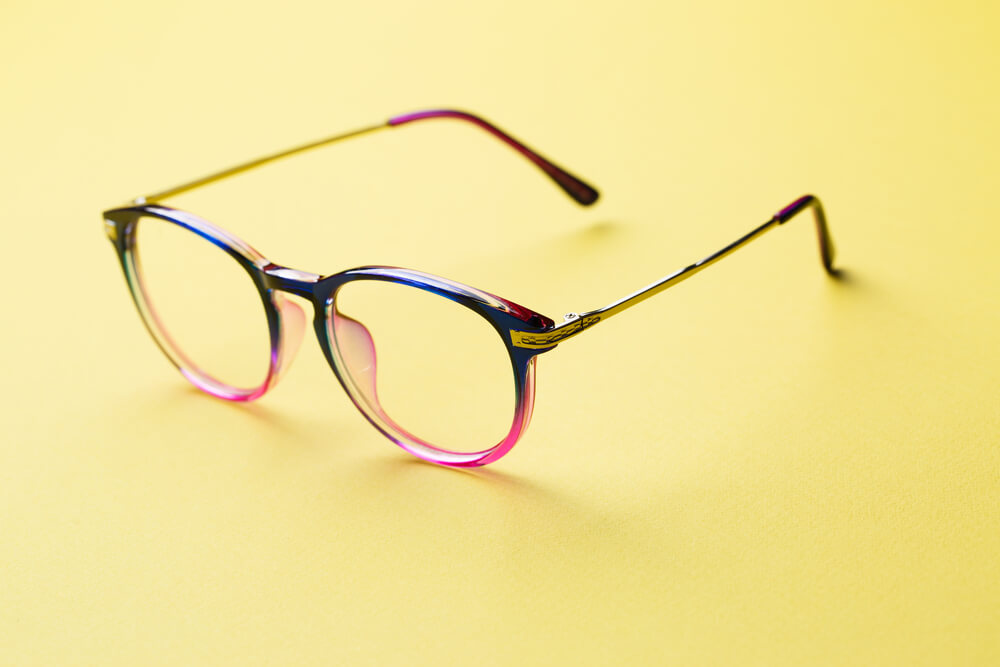Introduction
Glasses with side shields are specialized eyewear designed to provide comprehensive eye protection. These glasses extend coverage beyond the frontal area of the eyes, shielding against side impacts and peripheral hazards. Their importance lies in protecting against injuries from flying debris, chemicals, and other environmental hazards. They are crucial in environments where eye safety is a priority, such as industrial settings, healthcare, and outdoor activities.
Types and Categories of Glasses with Side Shields
Prescription Safety Glasses
Customized lenses for individuals with vision correction needs.
Available in various prescriptions to accommodate different visual impairments.
Non-Prescription Safety Glasses
Standard lenses that provide protection without vision correction.
Often used by those who do not require prescription lenses but still need eye protection.
Sunglasses with Side Shields
Designed for outdoor use, offering UV protection and glare reduction.
Suitable for activities like cycling, skiing, and hiking.
Specialty Glasses for Specific Industries
Tailored for sectors like construction, healthcare, and laboratories.
Often incorporate additional features like anti-fog coatings or specific tinting.
Design and Materials
Types of Lenses
Polycarbonate Lenses: Lightweight and impact-resistant, ideal for high-risk environments.
Glass Lenses: Offer superior optical clarity but are heavier and more prone to shattering.
Trivex Lenses: A newer material combining the best features of polycarbonate and glass.
Frame Materials and Design Considerations
Plastic Frames: Lightweight and versatile, available in various styles.
Metal Frames: Durable and often adjustable, providing a snug fit.
Nylon Frames: Flexible and resistant to chemical exposure, suitable for harsh environments.
Differences Between Full-Frame and Half-Frame Designs
Full-Frame: Provides comprehensive protection but can be heavier.
Half-Frame: Lighter and more breathable, suitable for less hazardous environments.
Benefits of Using Glasses with Side Shields
Enhanced Eye Protection
Shields the eyes from debris, chemicals, and UV rays.
Essential in environments where side impacts are common.
Comfort and Fit for Long-Term Wear
Ergonomically designed to fit securely without causing discomfort.
Adjustable features allow customization for different face shapes.
Increased Visual Clarity and Reduced Glare
Anti-reflective and polarized lenses enhance vision.
Suitable for both indoor and outdoor use.
Applications in Various Fields
Industrial and Construction Work
Protects workers from flying particles, dust, and chemical splashes.
Essential for compliance with workplace safety regulations.
Healthcare Settings
Shields healthcare workers from bodily fluids and chemical exposure.
Often used in conjunction with other personal protective equipment (PPE).
Laboratories and Research Facilities
Protects researchers from hazardous substances and accidental splashes.
Often includes additional features like anti-fog coatings for clear visibility.
Outdoor Sports and Activities
Provides protection from UV rays and environmental hazards.
Commonly used in sports like cycling, skiing, and hiking.
Standards and Regulations
OSHA Standards for Workplace Safety
Occupational Safety and Health Administration (OSHA) sets regulations for eye protection in the workplace.
Ensures that eyewear meets safety requirements to protect workers.
ANSI Z87.1 Certification
American National Standards Institute (ANSI) provides certification for safety glasses.
Z87.1 certification indicates that the eyewear meets specific impact and protection standards.
International Standards for Eye Protection
Different countries have their own standards, such as CE certification in Europe.
Ensures that eyewear meets local safety and quality requirements.
Challenges and Limitations
Potential Discomfort or Fogging
Some designs can cause discomfort with prolonged use.
Fogging can obscure vision, particularly in humid or temperature-variable environments.
Limited Styles and Fashion Considerations
Safety glasses often prioritize function over form, limiting style options.
Increasing demand for fashionable designs that do not compromise safety.
Cost Factors
High-quality glasses with advanced features can be expensive.
Balancing cost with the need for effective protection is a common challenge.
Innovations and Future Trends in Eye Protection
Care and Maintenance
Cleaning and Storage Tips
Use a microfiber cloth to clean lenses and avoid scratches.
Store glasses in a hard case to protect against damage.
When to Replace Lenses or Frames
Replace lenses if they are scratched or damaged.
Consider replacing frames if they are bent or uncomfortable.
Avoiding Common Damages
Avoid exposing glasses to extreme temperatures or chemicals.
Regularly inspect glasses for signs of wear and tear.
Innovations in Glasses with Side Shields
Anti-Fog and Anti-Scratch Coatings
New coatings prevent fogging and increase durability.
Essential for maintaining clear vision in various conditions.
Prescription-Ready Models
Increasing availability of prescription lenses with side shields.
Provides comprehensive protection without sacrificing vision correction.
Adjustable and Custom-Fit Designs
Designs that allow customization for a perfect fit.
Enhances comfort and ensures that glasses stay in place.
Future Trends in Eye Protection
Technological Advancements (Smart Glasses)
Integration of technology like augmented reality (AR) in safety glasses.
Provides real-time data and enhances situational awareness.
Increasing Emphasis on Aesthetics and Fashion
Growing demand for eyewear that combines style and safety.
Innovations in materials and design to cater to fashion-conscious consumers.
Environmental Considerations in Material Choices
Development of eco-friendly materials for frames and lenses.
Reduces environmental impact and promotes sustainability.
Personal Stories or Case Studies
Testimonials from Industrial Workers
Stories highlighting the importance of eye protection in preventing injuries.
Experiences with different types of safety glasses.
Healthcare Professionals’ Experiences
Insights into the use of protective eyewear in medical settings.
Impact of proper eye protection on workplace safety.
Case Studies on Injury Prevention
Examples of incidents where protective eyewear prevented serious injuries.
Analysis of how different features contributed to protection.
Expert Insights
Quotes from Eye Protection Specialists
Expert opinions on the best practices for selecting and using eyewear.
Insights into the latest trends and innovations in eye protection.
Advice from Safety Equipment Manufacturers
Tips on choosing the right eyewear for specific applications.
Information on maintaining and caring for safety glasses.
Opinions from Health Professionals
Recommendations for protecting eye health in various environments.
Importance of regular eye check-ups and proper eyewear.
Conclusion
Glasses with side shields are a vital component of personal protective equipment, providing comprehensive protection in a variety of settings. As technology advances, the range of available features and designs continues to grow, making it easier than ever to find eyewear that balances safety, comfort, and style. Whether in industrial settings, healthcare, or outdoor activities, proper eye protection is essential for safeguarding vision and preventing injuries. By choosing the right glasses with side shields, individuals can ensure they are adequately protected while maintaining clarity of vision and comfort. The ongoing developments in this field promise even more innovative solutions in the future, further enhancing the effectiveness and appeal of protective eyewear.




